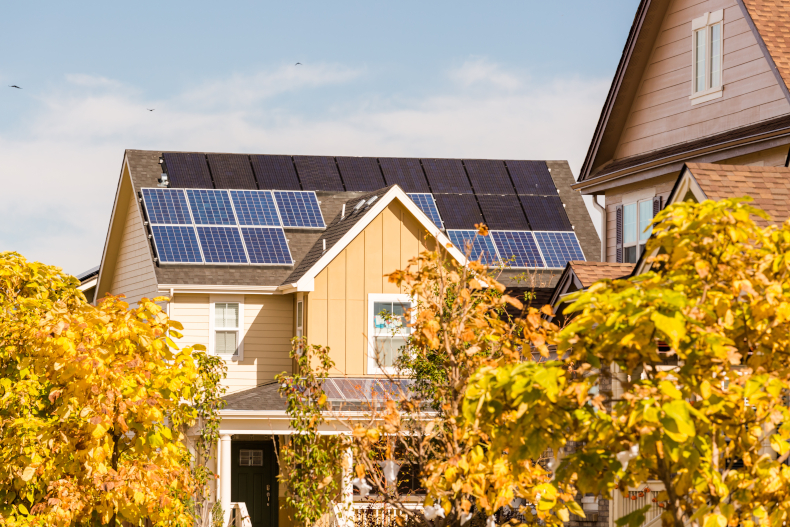
There has never been more urgency in the search for non-polluting energy sources than today. Why is that? It is not just the overwhelming amount of data that our planet is becoming dangerously polluted. While environmental concerns are certainly the paramount reason for adopting solar, financial considerations are nearly as important. Governments and other entities are providing incentives to install solar systems. The 30 percent tax credit on solar panels that were supposed to expire in 2016 has been extended all the way to 2019. But we must not be complacent about this extension because the cumulative damaging effects of fossil fuel pollution grows every day we ignore solar development. To get the full Solar Investment Tax Credit (ITC), we need to get our panels purchased and installed in the next three years. After that, the credit diminishes: to 26 percent in 2020, and then to 22 percent in 2021. By 2023, the residential tax credit will be nonexistent. After that, it’s possible credits will be extended, but there is no promise of this.
The price of solar panels is continually coming down. Prices have fallen by more than 75 percent since 2009, according to industry insiders. This drop reflects better efficiency, both in the manufacturing process and in the panels themselves. Still, the initial cost of buying and installing a full system, including panels and supporting parts, can run between $10,000 and $40,000. But, you don’t necessarily need to have a spare $10,000 to invest. Options like leasing and power purchase agreements (PPAs) allow you to generate solar energy without up-front costs. Depending on your location, there might even be a way for you to buy power from a solar farm.
There’s more than one method to obtain the best solar panels. If you own your home, and you can afford it, purchasing your panels outright is the best option. It’s the only way to take advantage of the ITC and other incentives, and it’s the only way to earn renewable energy credits (RECs) — actual income from selling your excess power back to your local utility.
Although solar panels have a considerable initial cost, they pay off handsomely in the long run. According to experts, the average solar payback time (or time required to break even) is eight years. Panels, last north of 25 years, leaving you with a potential 17-plus years that’s pure savings. Many solar installers will also give you the option to lease panels, but buying is the simplest option and one that is cheaper overall.
Solar power is here to stay, and the sooner you explore how much you can save, the sooner you can enjoy the benefits of residential solar power. Go to HahaSmart.com and try our price checker tool. It tells you how much solar power you need, and how much you can save.
Please visit our solar blog to find out more about the benefits of going solar.


Input your address to see if it is solar friendly and how much you can save with solar.
Great. Your address is perfect for solar. Solar incentive is still available. Select monthly utility cost and calculate the size of solar system you will need now.
| kw System size | years Payback period | Lifetime savings |
No money down, 100% finance is available.
|
|
Looking for certified solar installers? Sign up now and we will find them for you. |
Comments